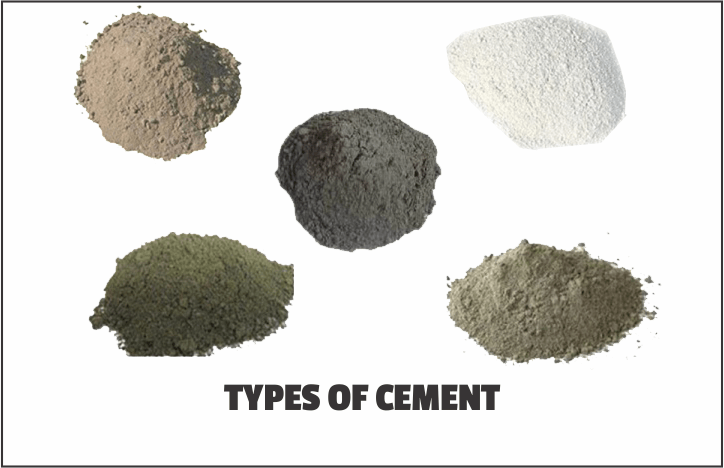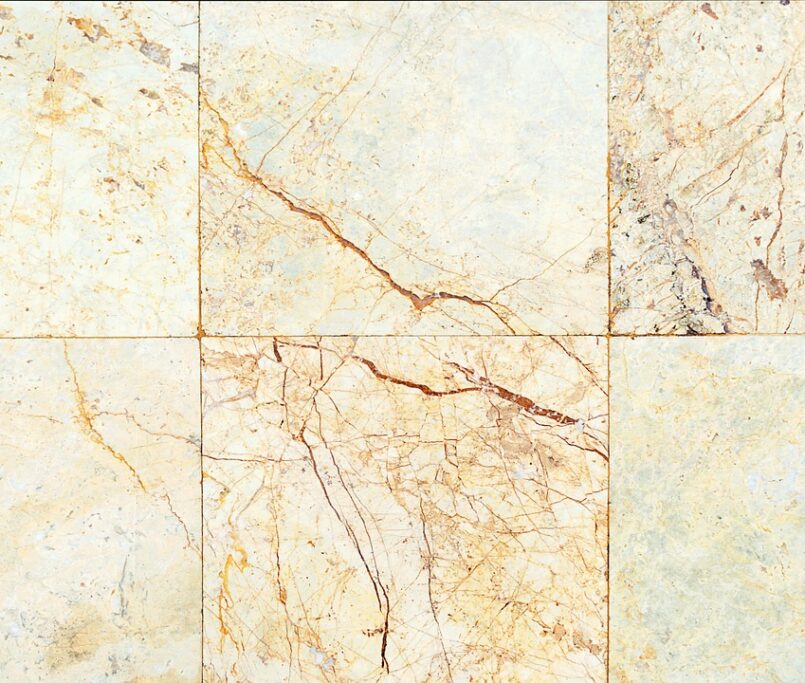Types of Cements Used in Architectural Restoration and Their Properties
The tools having been created by the civilizations that have been the products of the human mind have also let us create monumental structures that reflect the perception of the aesthetic in the same mind. The steps followed by the human beings to climb higher on the tree of technology produced unique structures that mirrored the era of each step. The preservation of these buildings representing those steps has always been important for the successors of human civilization, for they inspire us to reach higher altitudes in the tree of technology and aesthetics. Each solution produced by the technology we have also has presented us with more advanced ways to preserve historical buildings. Almost two hundred years ago, we were introduced to cement by Joseph Aspdin.
Since then, we have been able to develop the product on the basis of the technology we had at that time. Today, cement is not only used for building contemporary buildings, but it is also a good choice for architectural restoration. The technology we have offers an ostentatious product so as to preserve our heritage as the successors of human civilization. Types of cements used in architectural restoration and their properties will be under the spotlight to develop and conclude this article.
No Generation Gaps in Architectural Restoration
We, as Emin İnşaat A.Ş., believe that keeping strong bonds with the past enables us to take strong and confident steps in the present which will let us catch the success in the future, and as the successors of our ancestors, we do not believe in any generation gaps in architectural history because the solid outcomes of the human history are one of the best ways to look back in order to inspire, envy, and take lessons. This belief has also been able to be seen in our company’s management policy.
Our company is managed jointly by the second and third generations today. Furthermore, our architectural memory is accepted and acclaimed as one of the most essential notions of modern time. Emin İnşaat presents cement solutions to the world and it is one of the most renowned and acclaimed companies by the world’s biggest construction firms. The types of cement used in architectural restoration and their properties are presenting great opportunities to keep our bonds with the past.
Architectural Restoration
Today, we have countless ways to preserve the past thanks to the types of cement used in architectural restoration and their properties We have special types of cement used in architectural restoration, yet what is “restoration?”. Restoration prioritizes the present over the past. In the end, it is not concerned with the fulfillment of research per se but rather the preparation of all citizens and their quality of life, regarded in the widest possible spiritual and material sense. It serves educational and commemorative purposes for future generations, for young people.
Therefore, “restoration” refers to any action that aims to safeguard and transmit works of historical, artistic, and natural interest while facilitating understanding without erasing the signs of time passing; it is based on respecting the antiquated substance and the genuine documents that such works embody and also functions as a critical interpretation that is expressed through the work itself rather than verbally. The types of cement used in architectural restoration and their properties are one of the best options to meet the meaning of “Restoration”.
The Miracle of the Cement
The growth of civil engineering projects relied heavily on natural cement, sometimes known as “Roman” cement, which was created around the end of the 19th century. This practice continued until the 1860s. Even more astonishingly, it was employed in the restoration of old structures like gothic cathedrals. The methods that have been developed since then have let us consummate the product we produce. Today, we are able to apply any color or durability to the products due to the types of cement used in architectural restoration and their properties we offer.
On the other hand, after the research that has been carried out for almost two hundred centuries, we know the properties of any chemical compounds that were used during the construction of a historical building and as a result of this we can learn what they did wrong or right and we are able to make any chemical compound that is the best for the durability and the look of the historical building which is considered to be renovated. We can produce special cement used in architectural restoration and their properties will be the solutions to the problems that have been absorbed within the stones of a historical building for centuries or decades.
The Properties Making Cement Unique
• Most places in the world have easy access to cement’s ingredients and it makes it accessible, economic and efficient to be applied to any historical or contemporary building.
• Cement is flawless, in contrast to natural stones, and applied to natural stones used in the historical buildings.
• Cement may be produced economically to the desired strength to preserve the building for a very long time.
• The level of modern cement’s durability is very high when compared to the ones used in the old buildings.
• It can be molded into whatever shape you like, so any aesthetical concept of a building may be reflected at the desired level.
• The cost of maintaining Cement is essentially nonexistent. Therefore, when it has been applied the long-term maintenance of a building will be relatively low.
• Cement does not deteriorate much over time.
• Cement’s noncombustible characteristic renders a structure fire-safe.
• Cement is resistant to extreme heat, which contributes to the life span of a building.
• Cement is wind and water-resistant, which is another contribution to the lifetime of the building.
In conclusion, because they motivate us to climb higher up the tree of technology and beauty, historical structures that symbolize the foundations of human civilization have always been crucial to preserve. Every technological answer that has been developed has also given us more sophisticated techniques to preserve old buildings. As the descendants of our ancestors, we at Emin İnşaat A.Ş. do not believe in generation gaps in architectural history because the enduring achievements of human history are one of the best ways to look back in order to be inspired, envious of, and learn from.
We believe that maintaining strong bonds with the past enables us to take strong and confident steps in the present that will allow us to catch success in the future. Cement has been one of the miracles created by human civilization and it offers one of the best ways for us in order to keep our bonds with the past owing to the types of cement used in architectural restoration and their properties.
You can read our previous article from https://emininsaat.com.tr/which-sectors-use-white-cement/ .




What Is The Difference Between White and Colored Cement? - Emin İnşaat
7 July 2022[…] You can read our previous article from https://emininsaat.com.tr/types-of-cements-used-in-architectural-restoration-and-their-properties/ […]